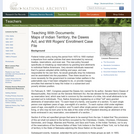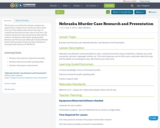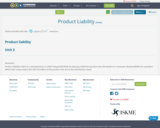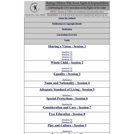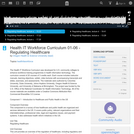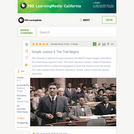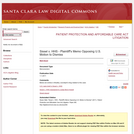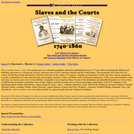Transactional Drafting: Introduction to Contract Drafting and Transactional Practice contains a condensed presentation of all of the topics typically covered in an upper-level law school class on contract drafting. The book covers drafting from scratch including writing in plain English (not using legalese), avoiding ambiguity, and drafting covenants, rights and prohibitions consistently (using "will" or "shall" for covenants, "may" for rights, and "will not" or "shall not" for prohibitions). And it covers contract organization, from the title and the exordium to the core covenant, deal provisions and "boilerplate," to the testimonium and the signature blocks. The book also includes material on getting up to speed before you start drafting and brainstorming for contingencies after you have finished. In addition to drafting from scratch the book introduces students to the wide range of skills involved in transactional practice. There are chapters on revising form documents, both when you are the original drafter and when you represent the other side. Also, the book includes chapters on negotiating contract language, handling a closing (i.e., verifying authority and getting the documents signed), dealing with ethical issues that arise in contract drafting and execution, drafting a contract amendment, and using computers to draft contracts. Transactional Drafting includes everything students need to know to “hit the ground running” as a transactional attorney.
The chapters of the book are as follows:
1.Getting up to Speed (familiarizing yourself with the client's business and interviewing the client to flush out all the terms of the deal)
2.Drafting Covenants, Rights, Prohibitions and Descriptions (using "will" or "shall" and "may")
3.Avoiding Potentially Ambiguous Words and Phrases (time periods, numbers, misplaced modifiers, indefinite pronoun references)
4.Organizing a Contract’s Beginning Sections (title, exordium, background, definitions, reps and warranties)
5.Drafting the Core Covenant and Organizing Deal Provisions (core covenant, duration, additional provisions)
6.Organizing a Contract’s Ending Sections (termination, cancellation, boilerplate, testimonium, signature blocks)
7.Brainstorming for Future Contingencies (additional provisions to better protect the client, indemnity, insurance, waivers, liability limits)
8.Drafting with Precedent Documents (sources, evaluating samples, revising language)
9. Tailoring Precedent Documents for a Deal (making revisions consistent, determining the effect on other provisions)
10.Revising the Other Side’s Completed Documents (qualifying language, limiting scope, inserting conditions)
11.Negotiating Contract Provisions (preparation, advancing the client's interests without killing the deal)
12.Ethical Issues in Contract Drafting (revisions to signed documents, unenforceable provisions, notarization after the fact)
13.Getting the Contract Signed (closing the deal)
14.Drafting with Document Assembly Programs and Closing with Online Resources (using artificial intelligence for contract drafting)
15.Drafting a Contract Amendment (sample form for amendments)
In addition, the appendix to the book has numerous examples of contract provisions, checklists, exercises and sample documents as well as an introduction to the documents typically used for a commercial real estate loan (promissory note, guaranty, loan agreement, mortgage, and security agreement).
